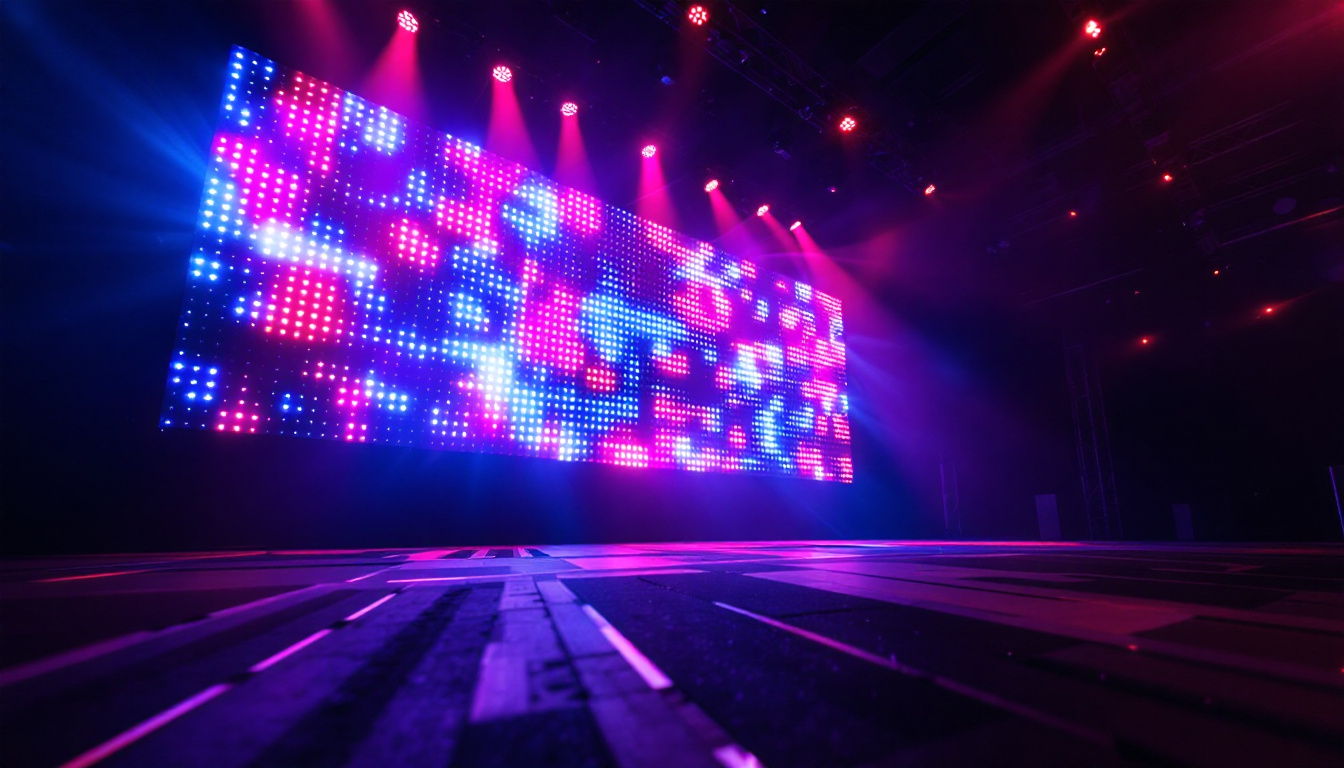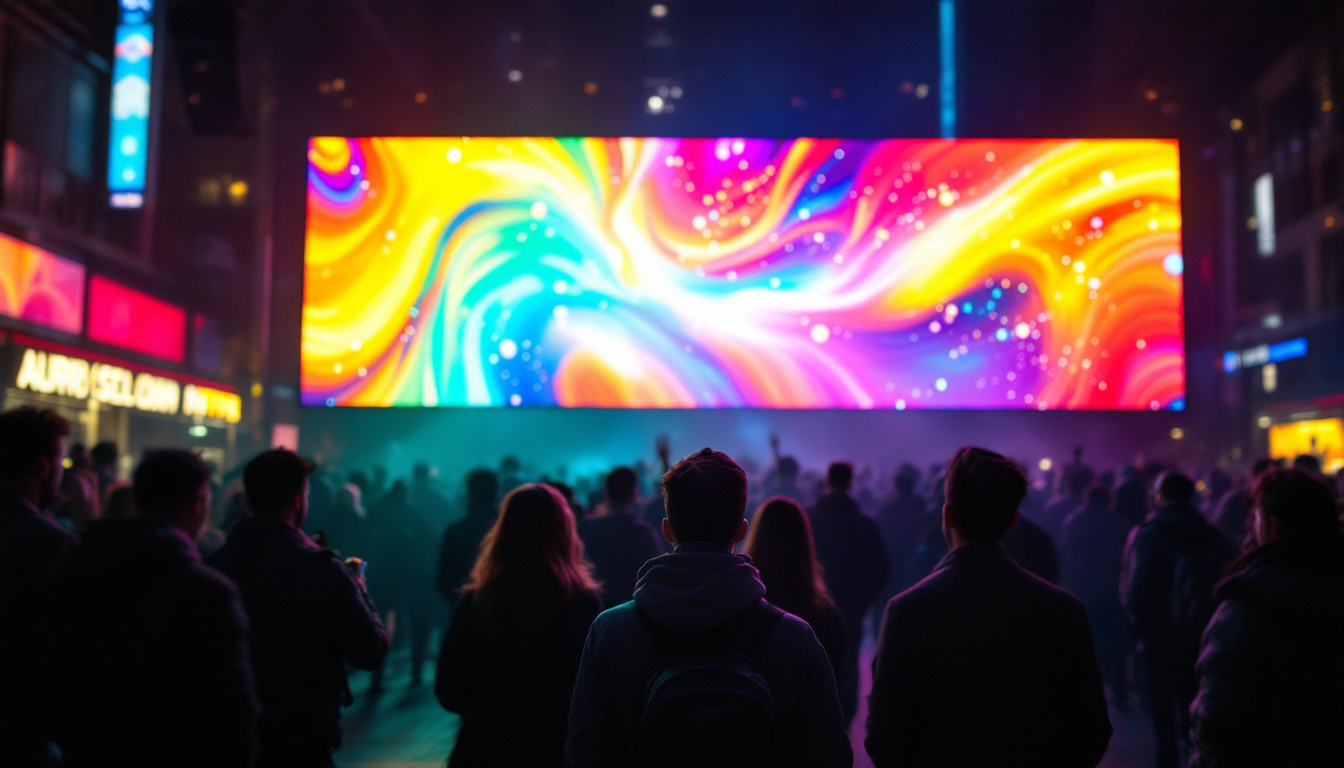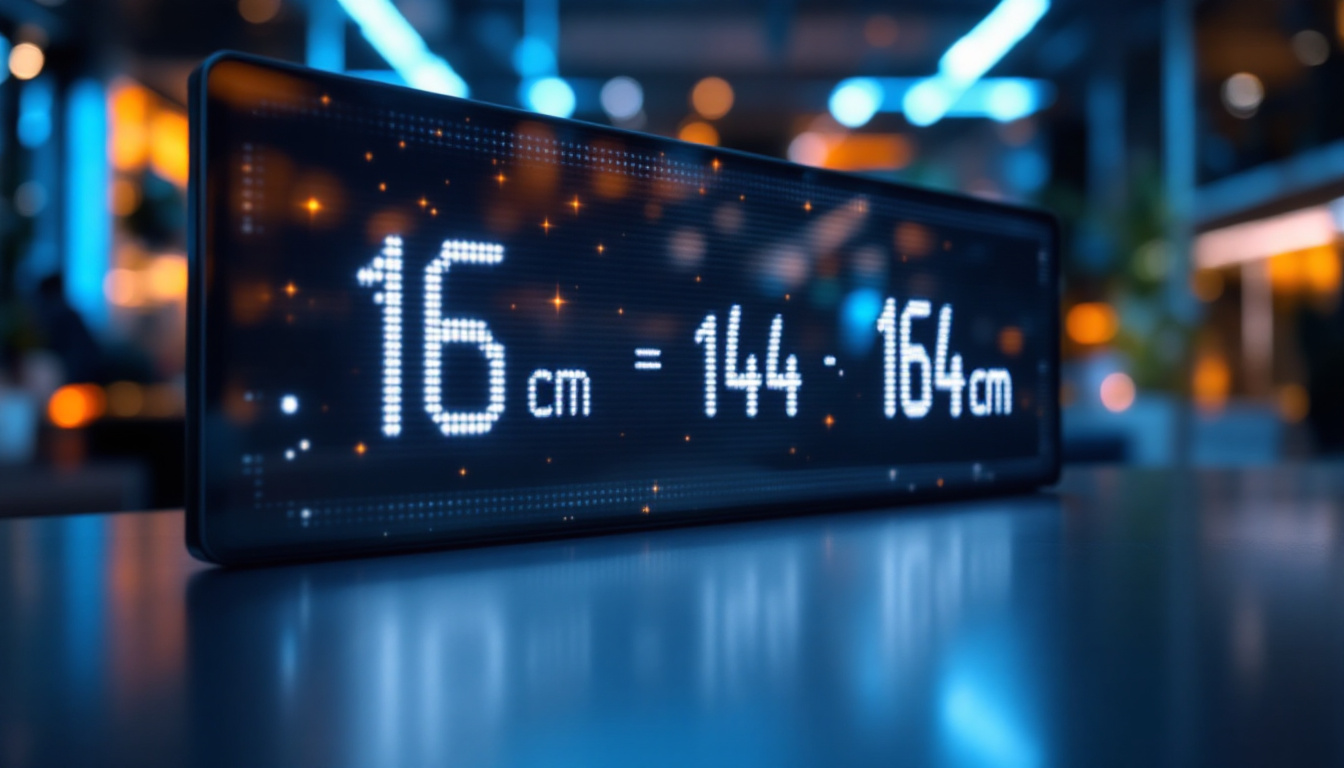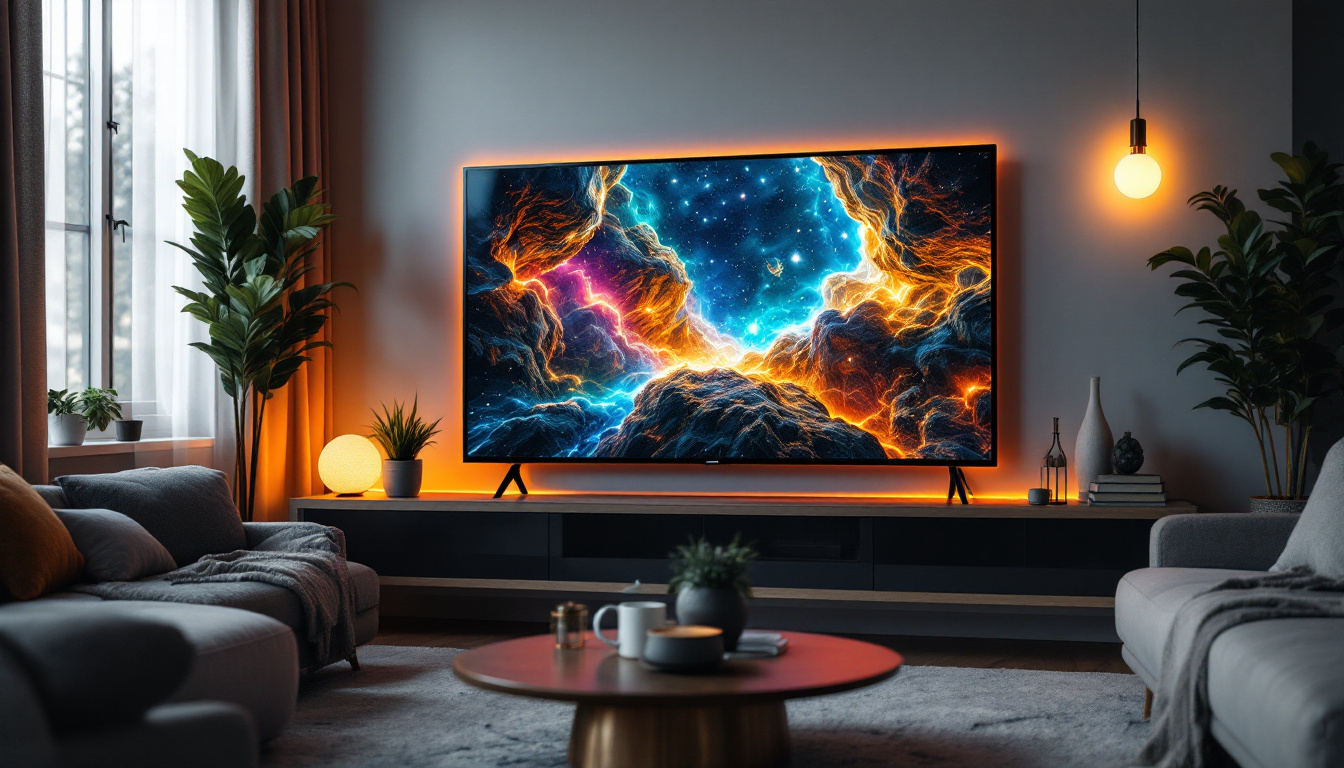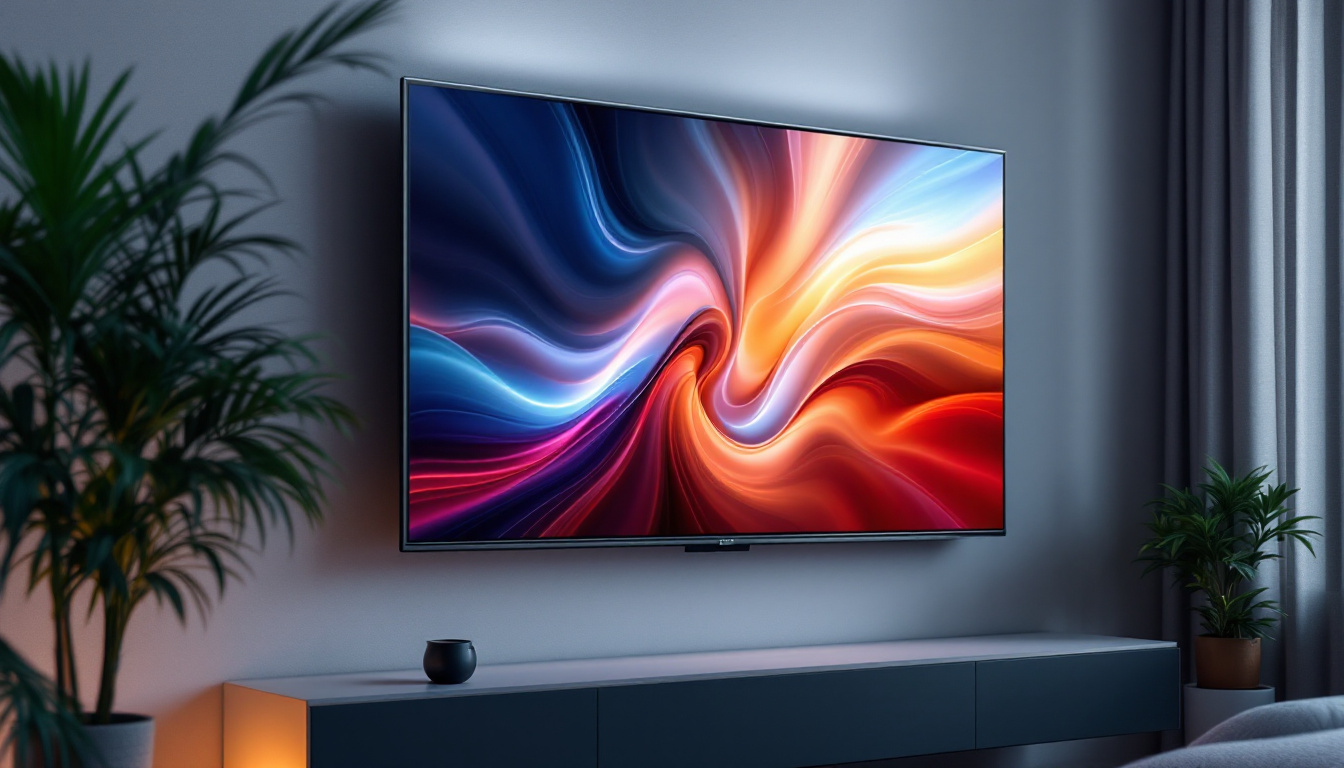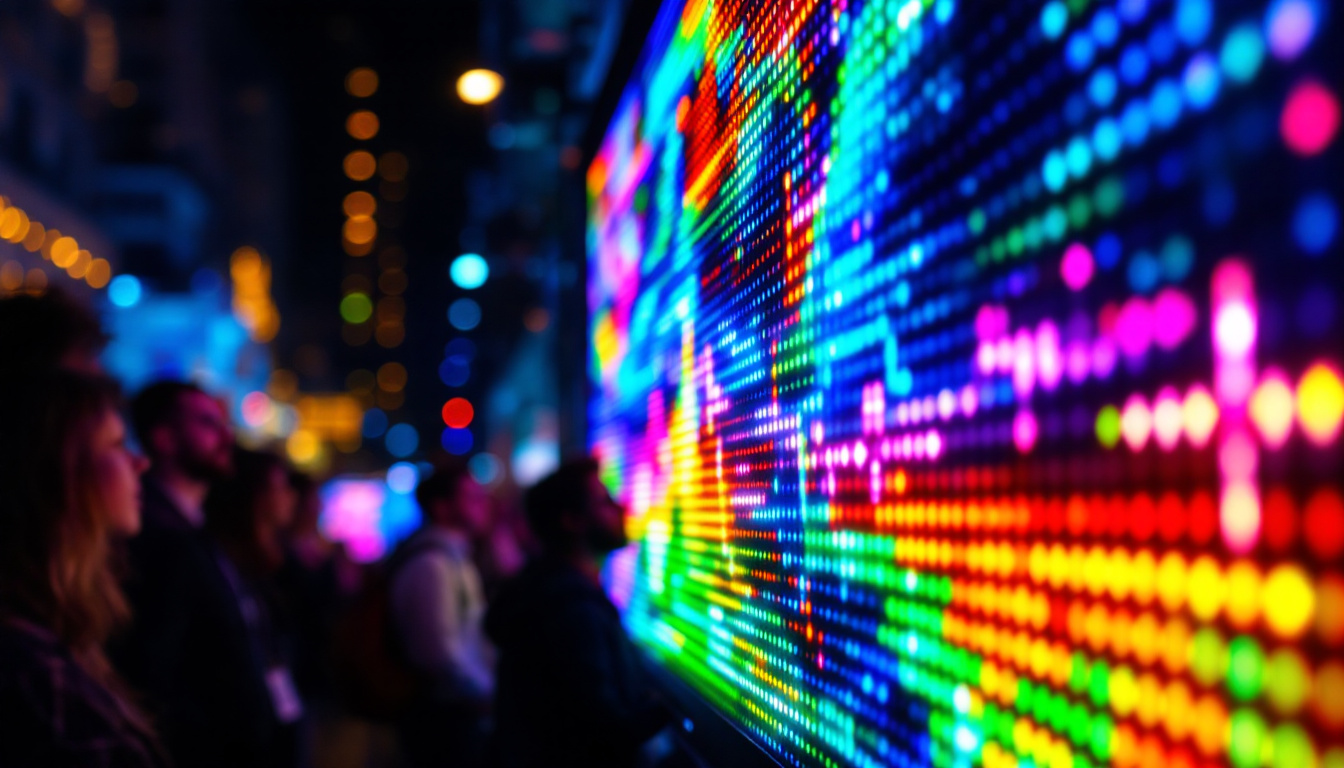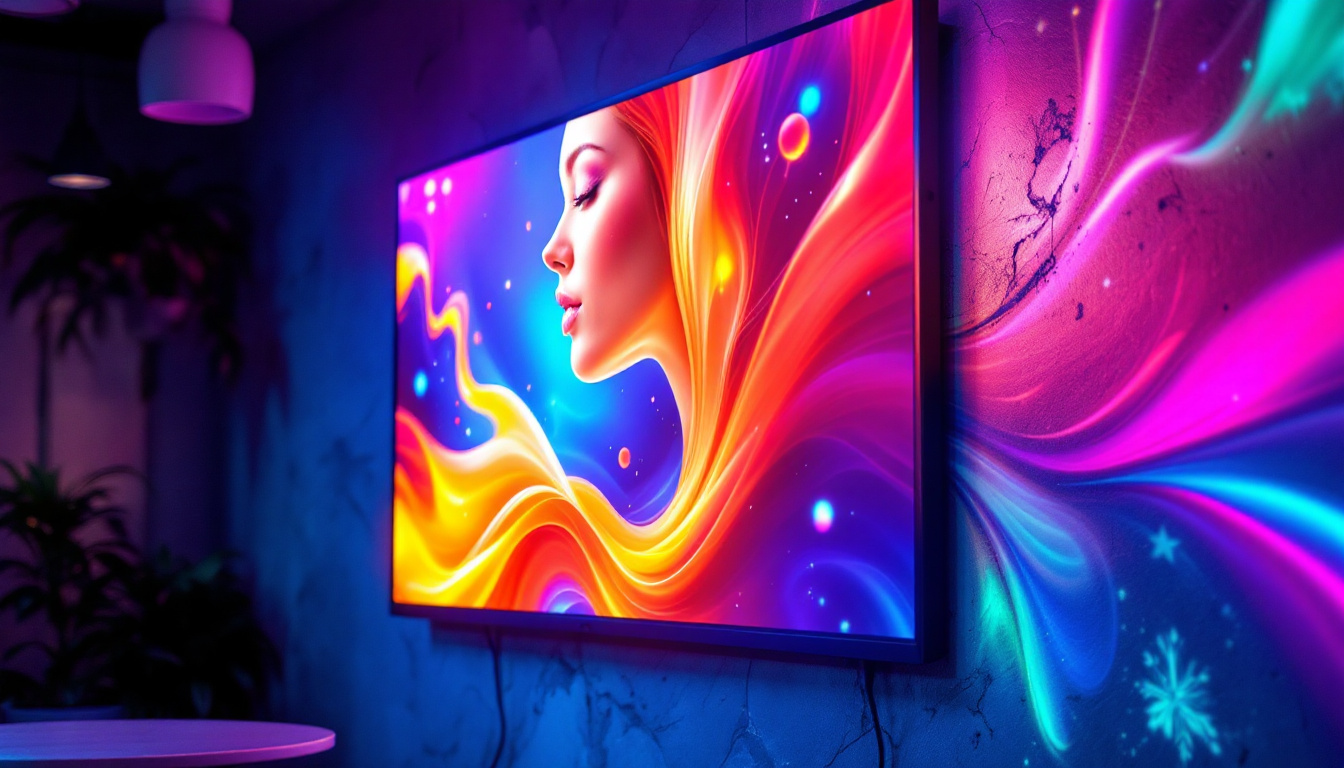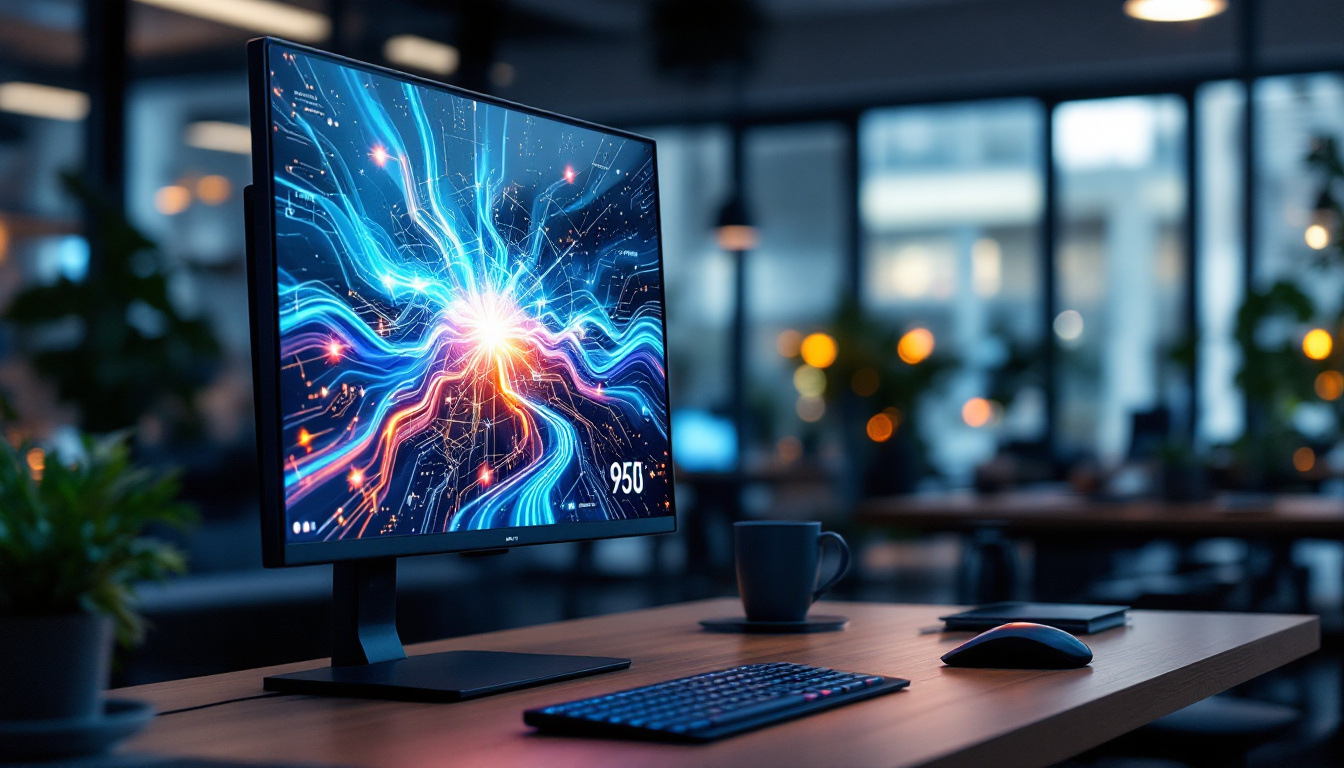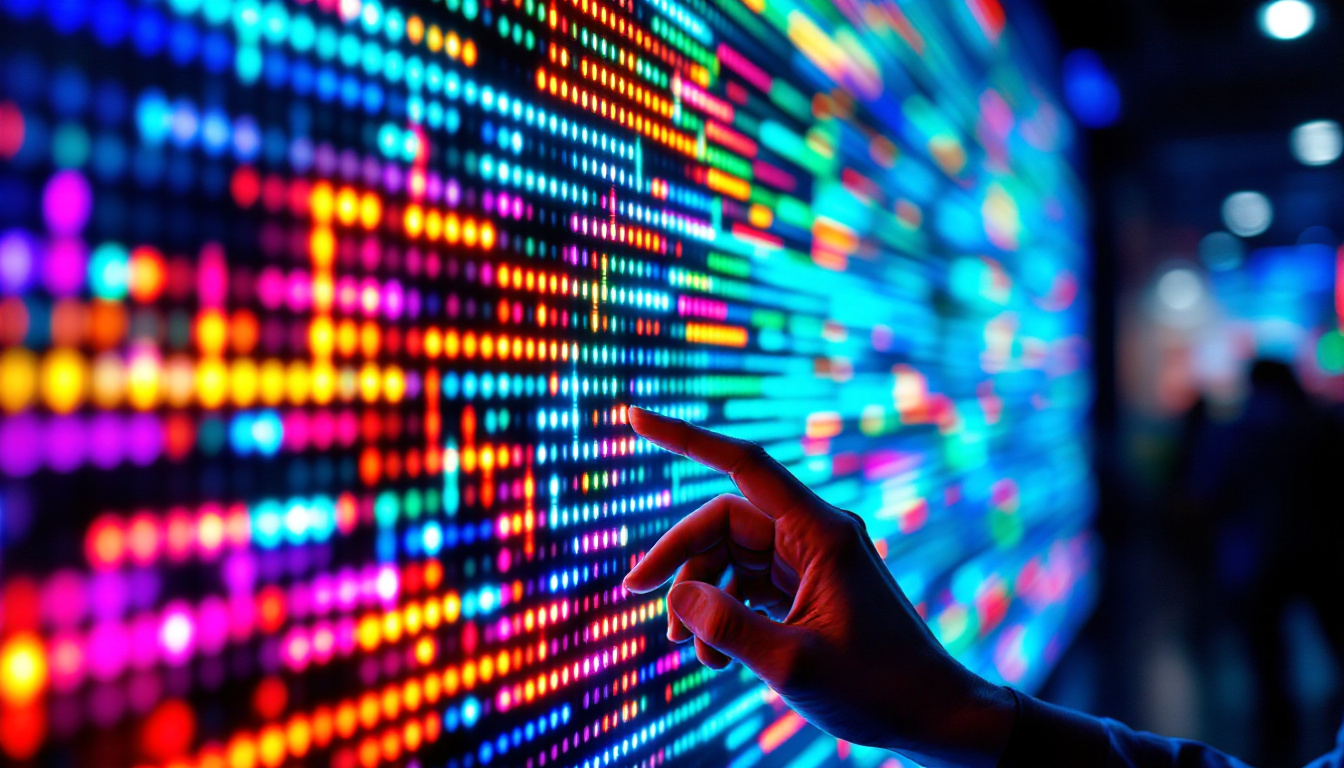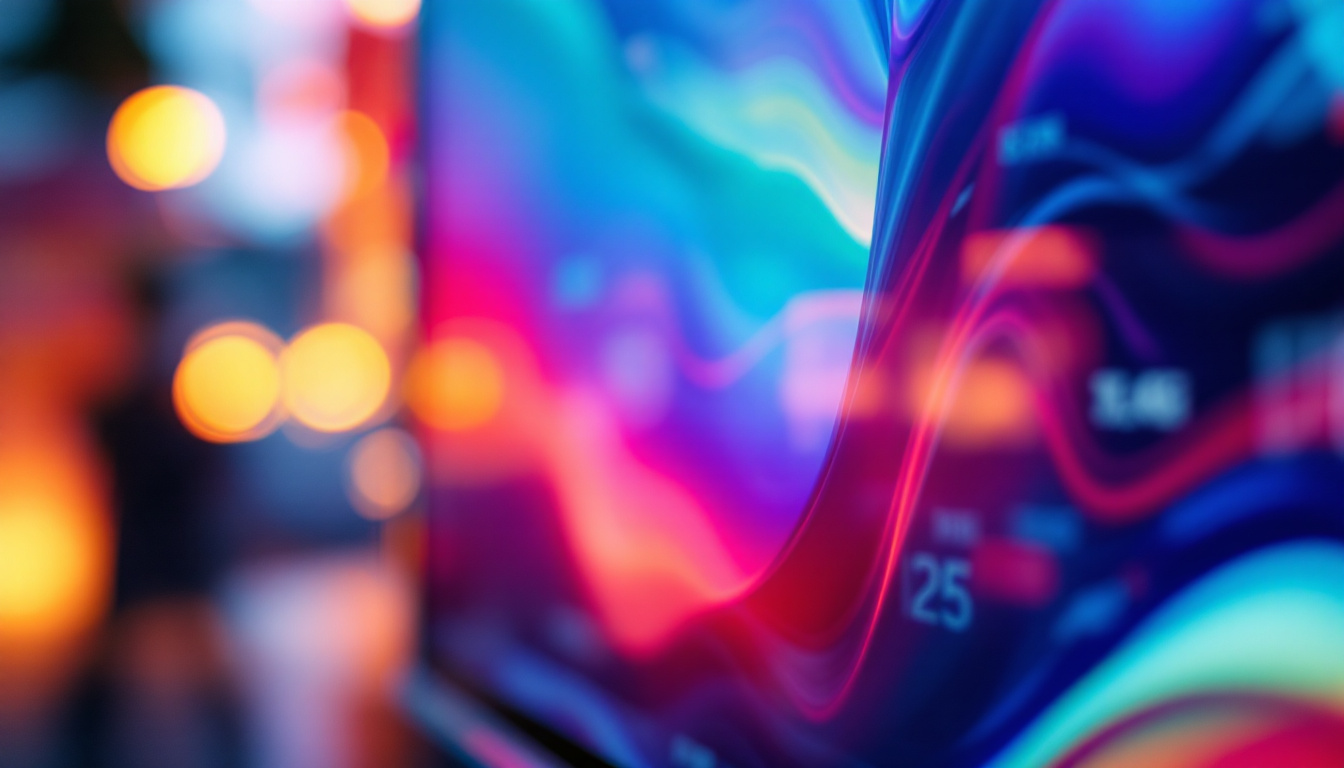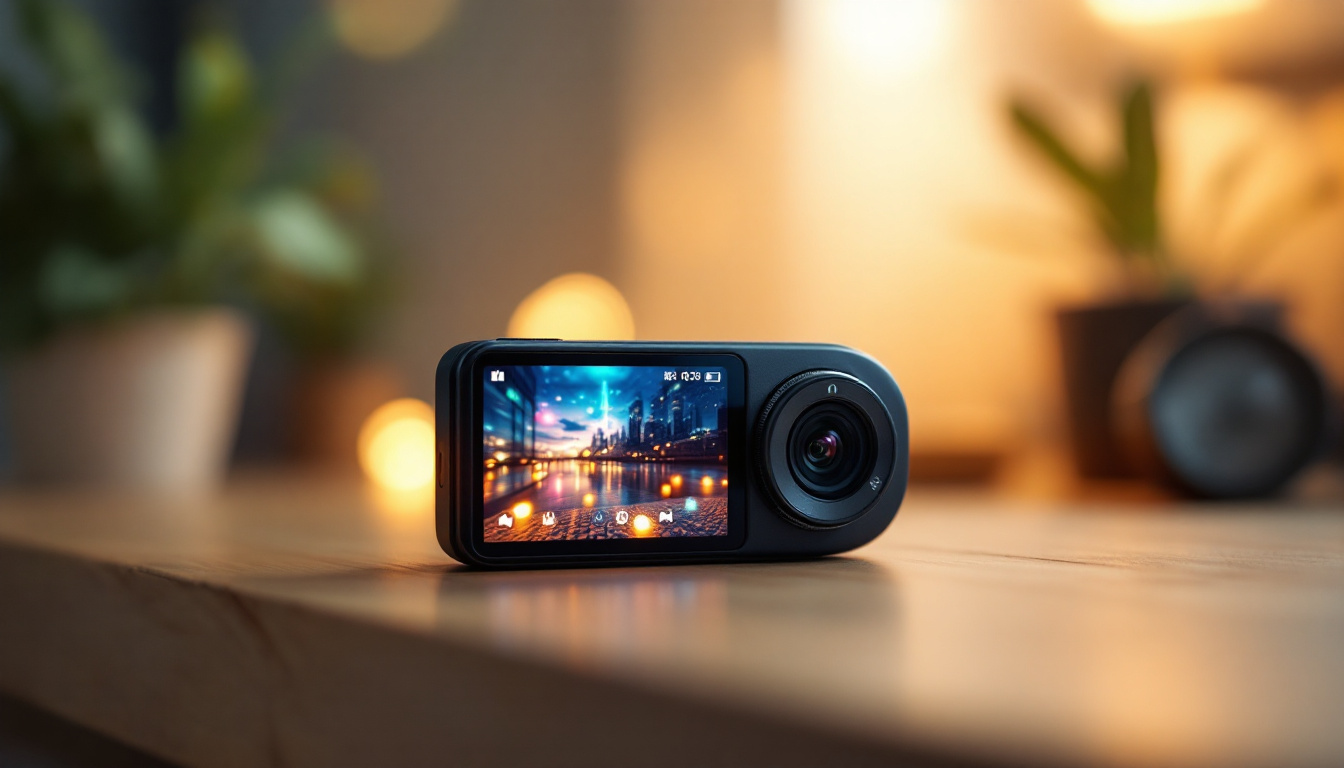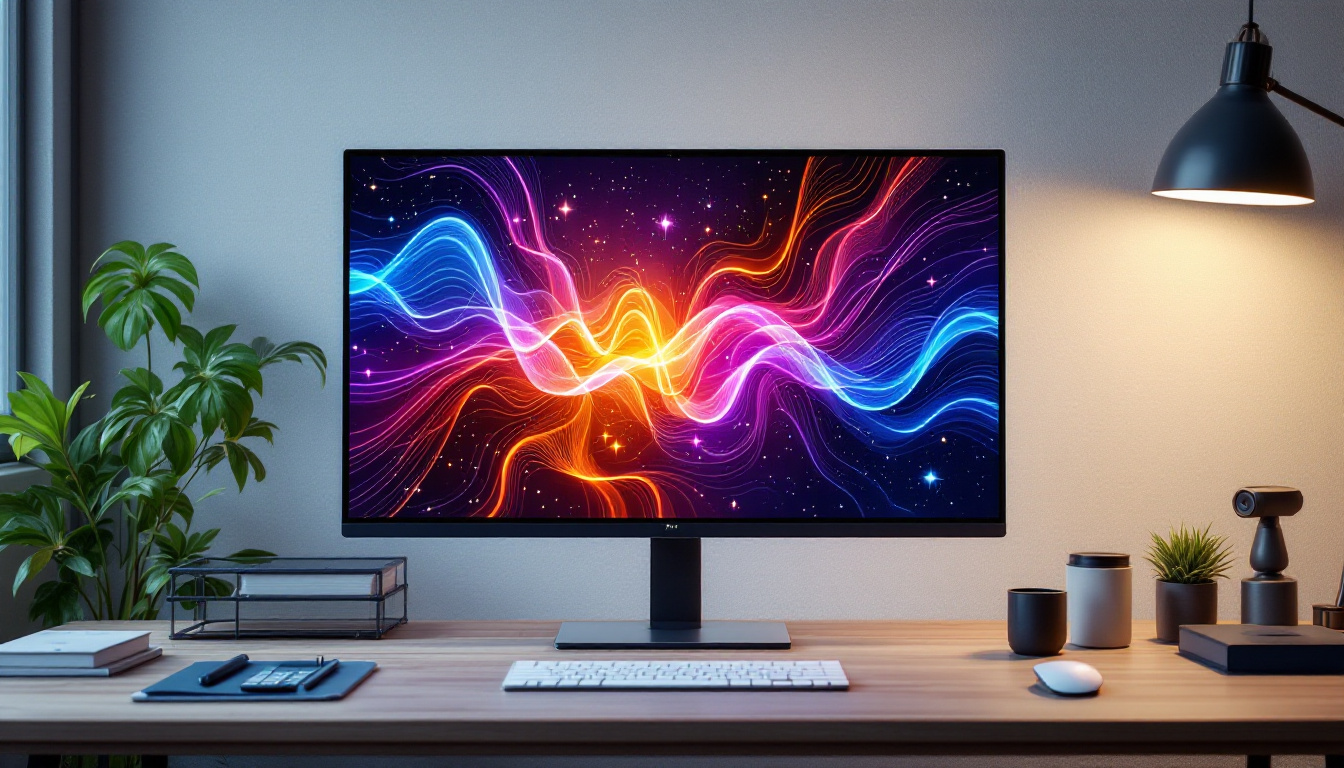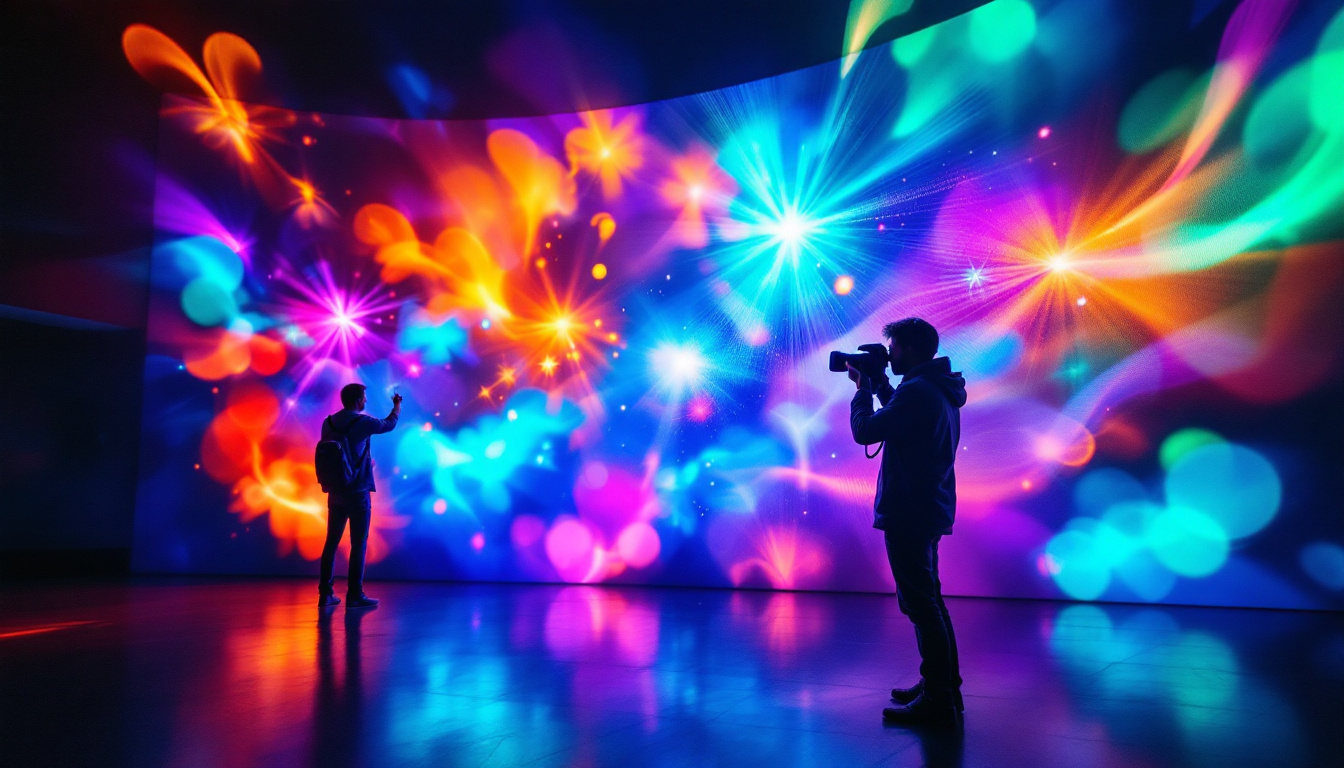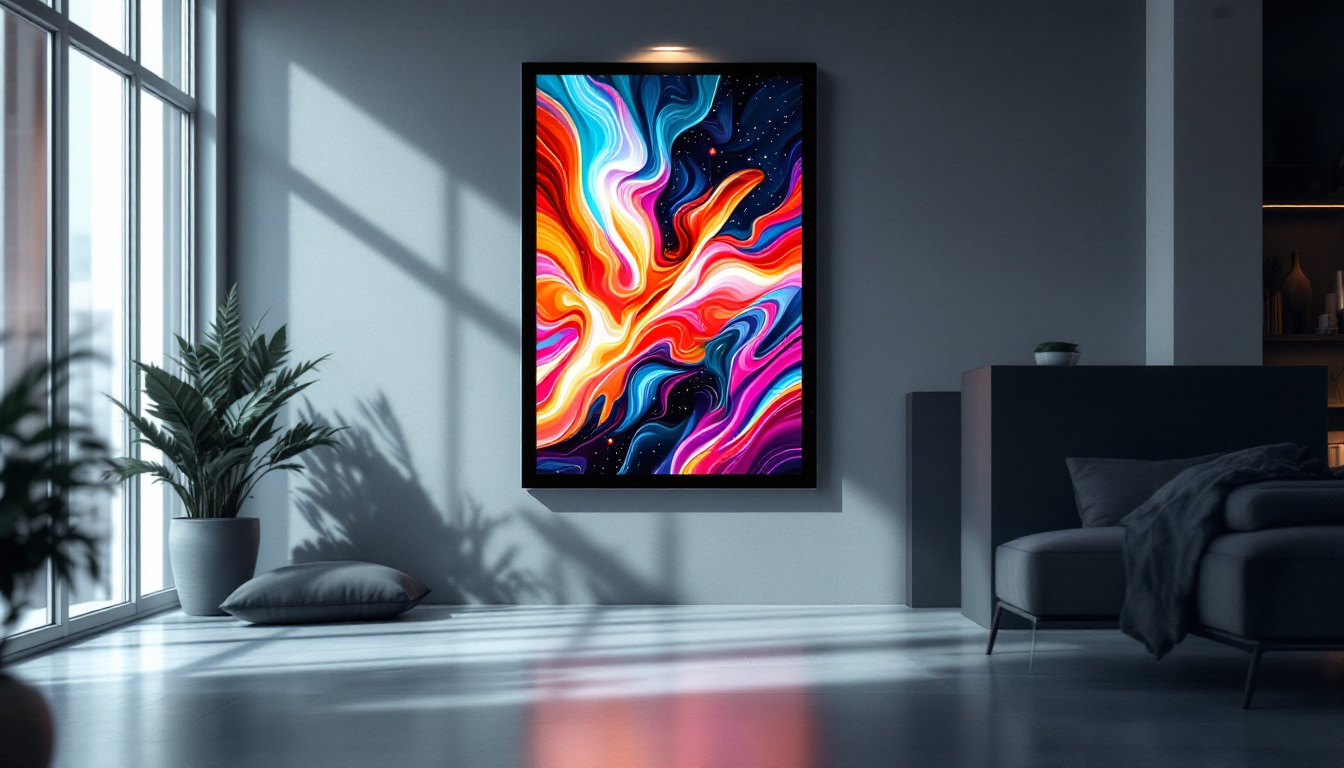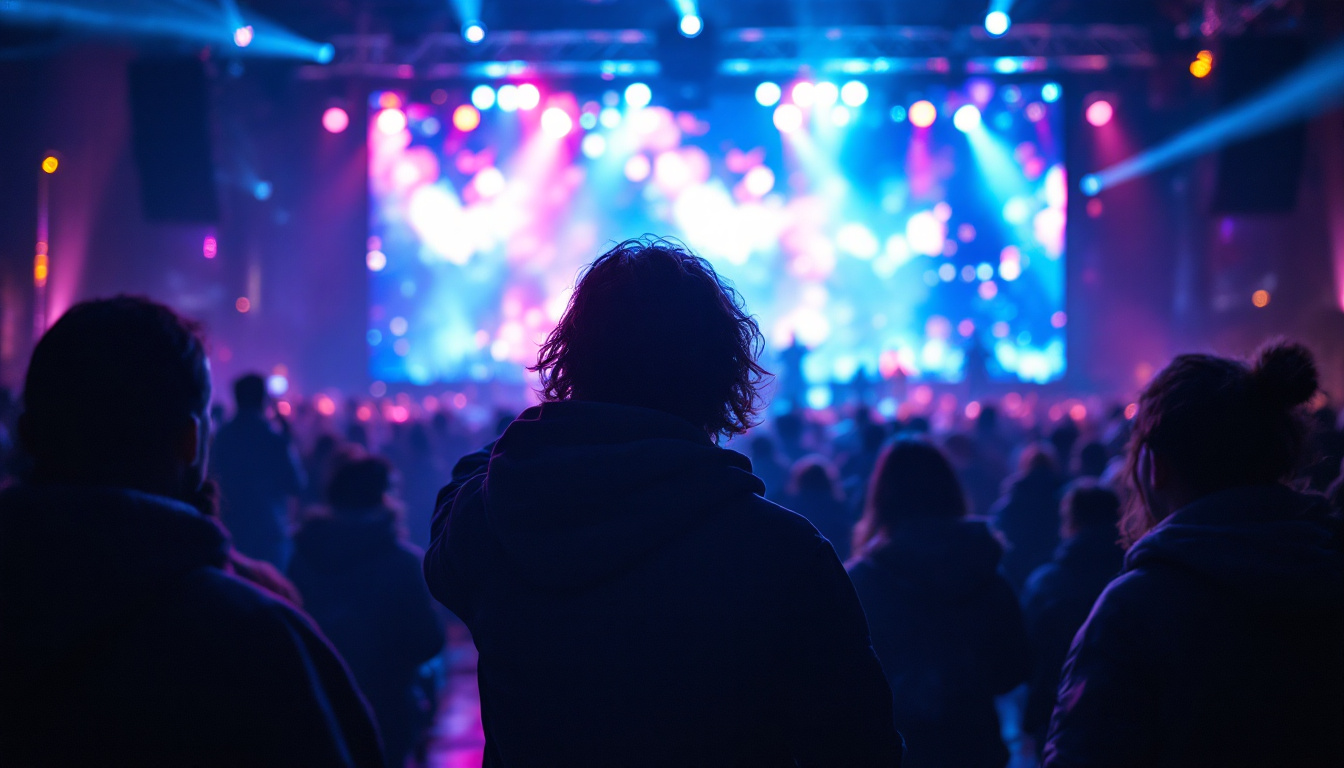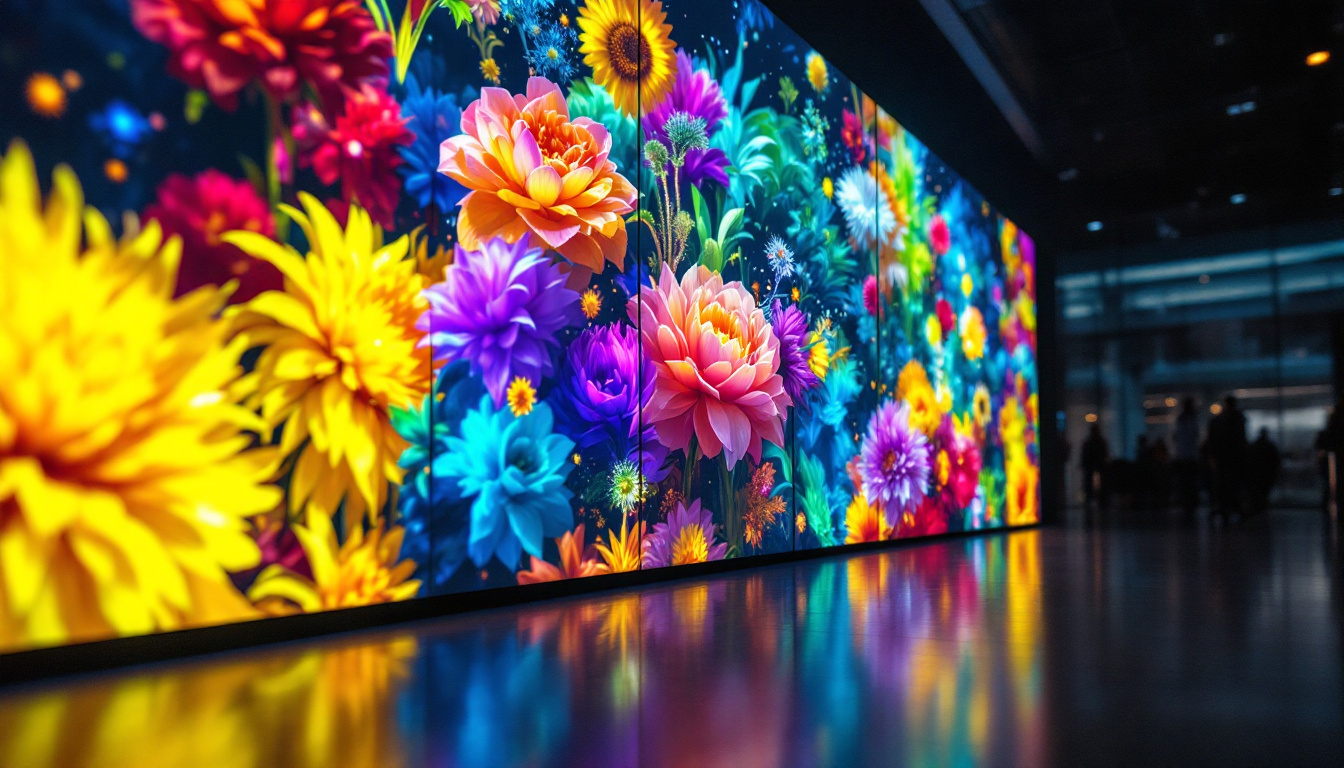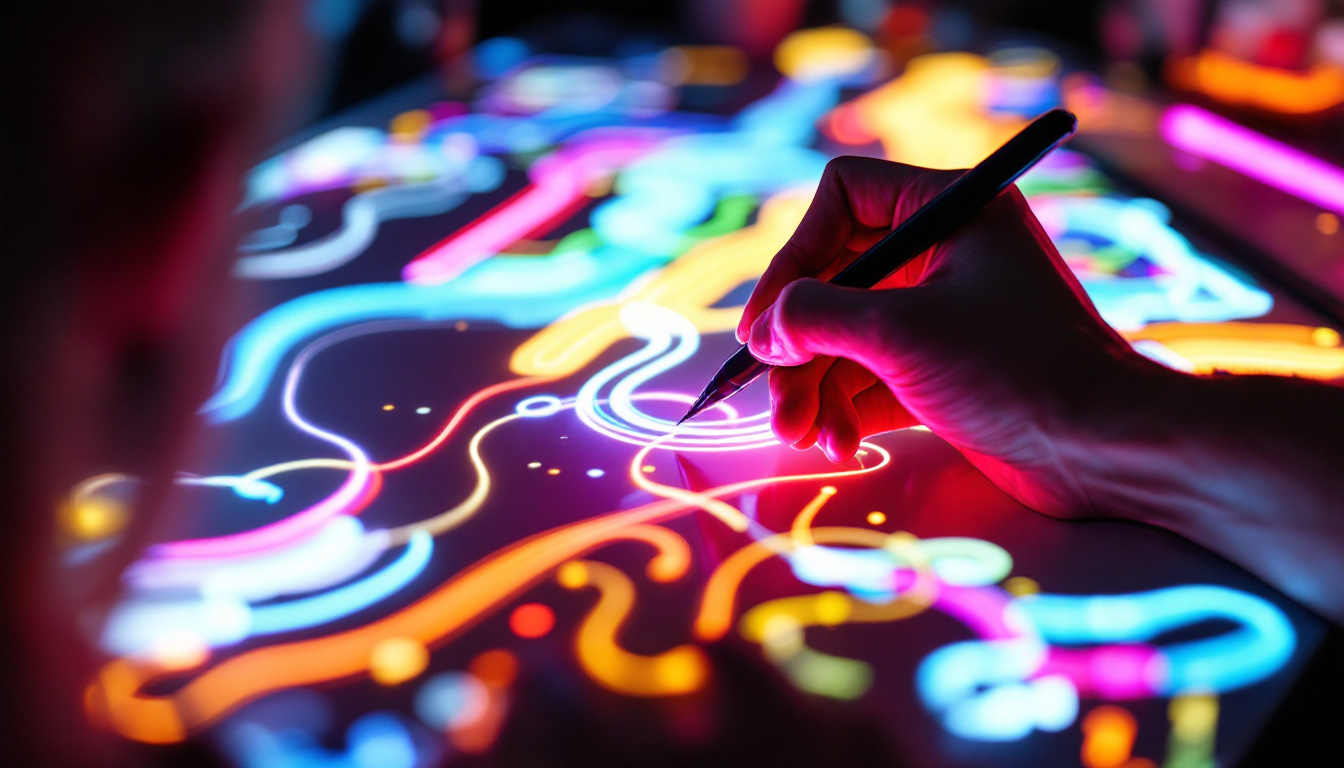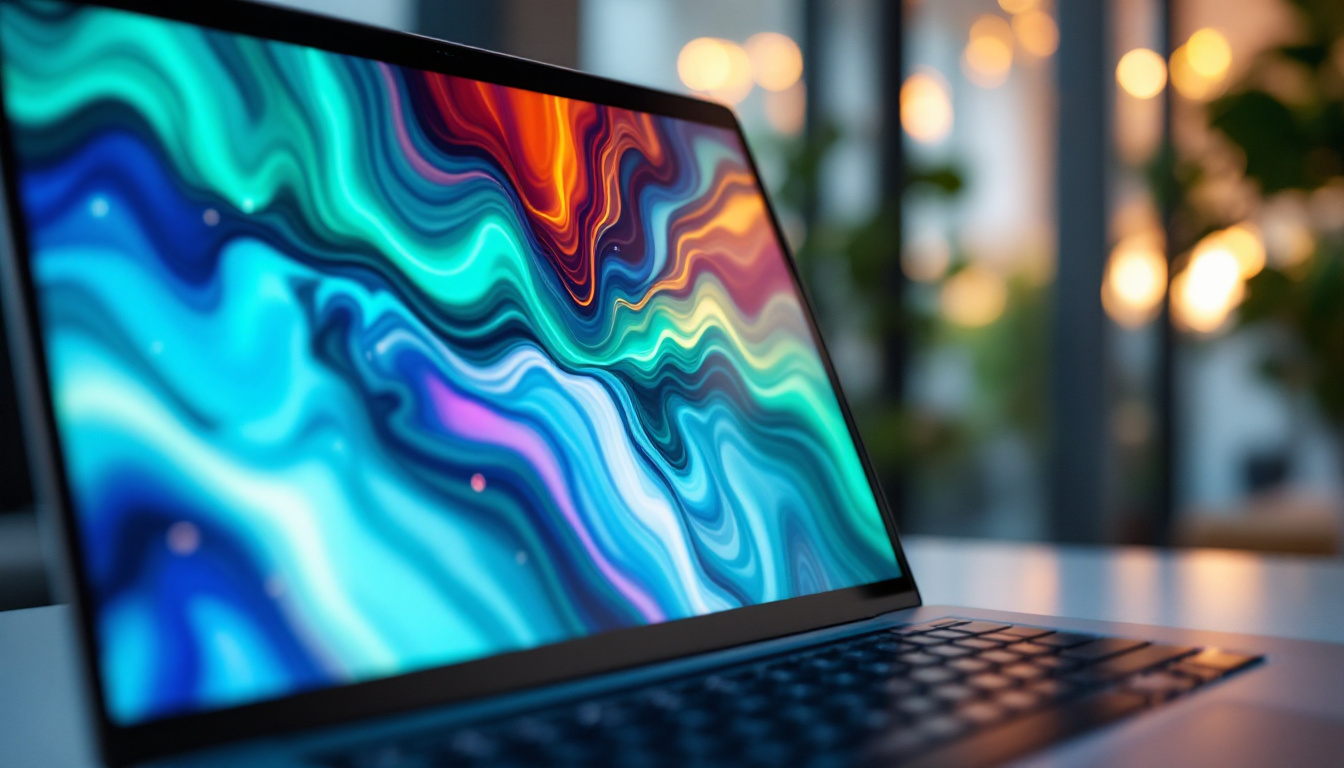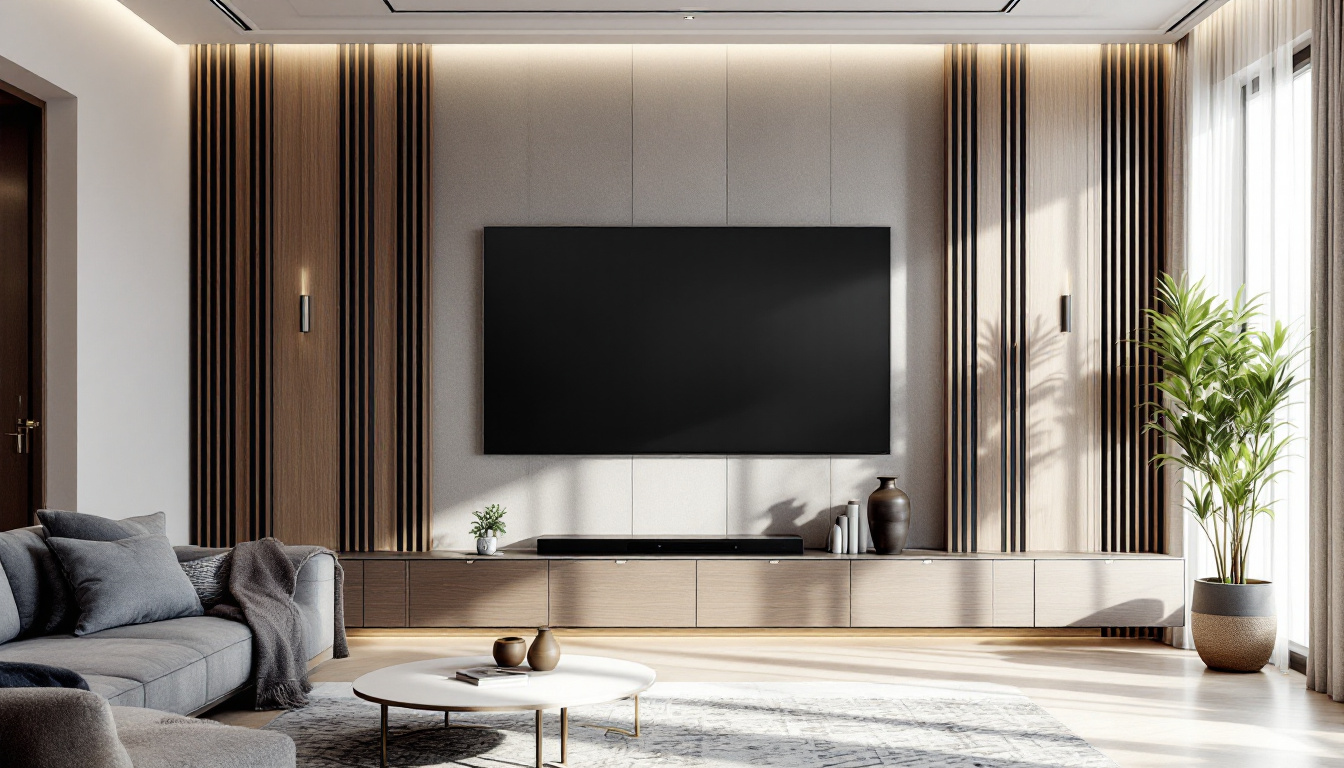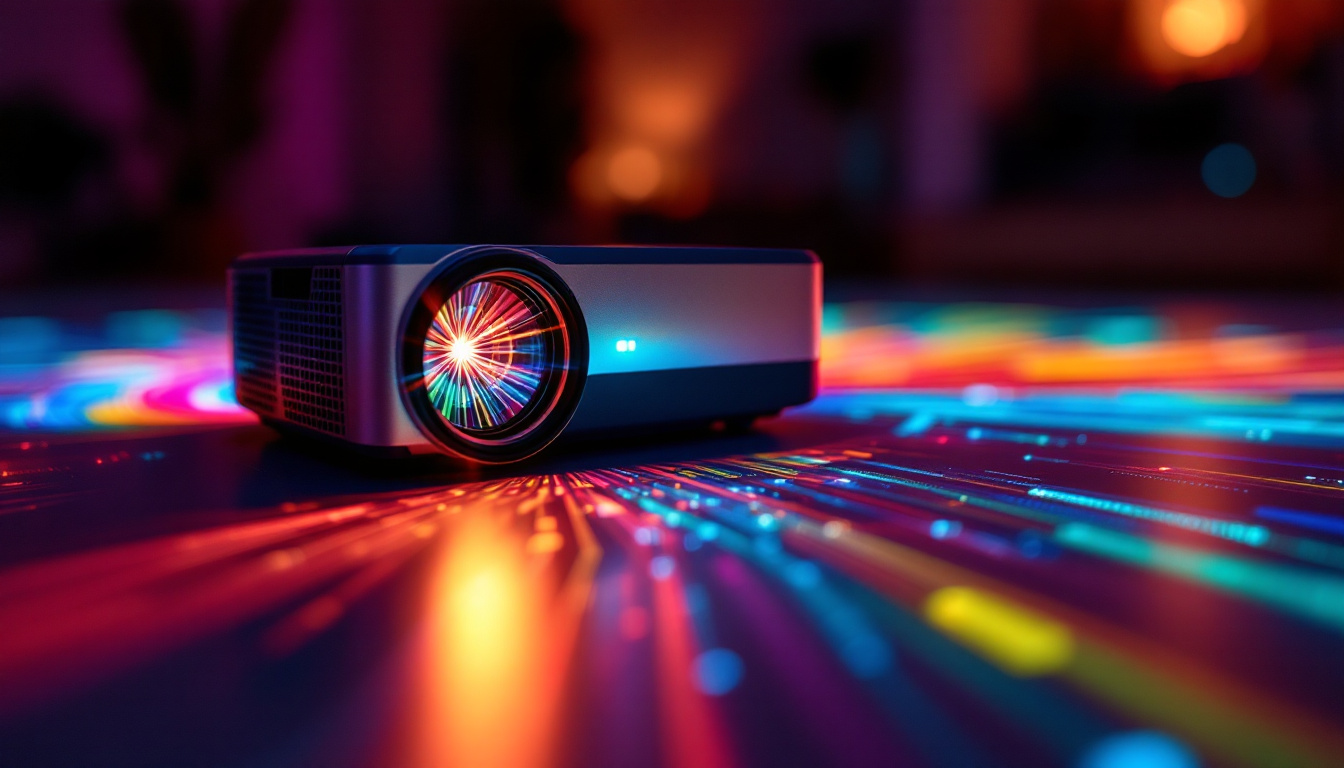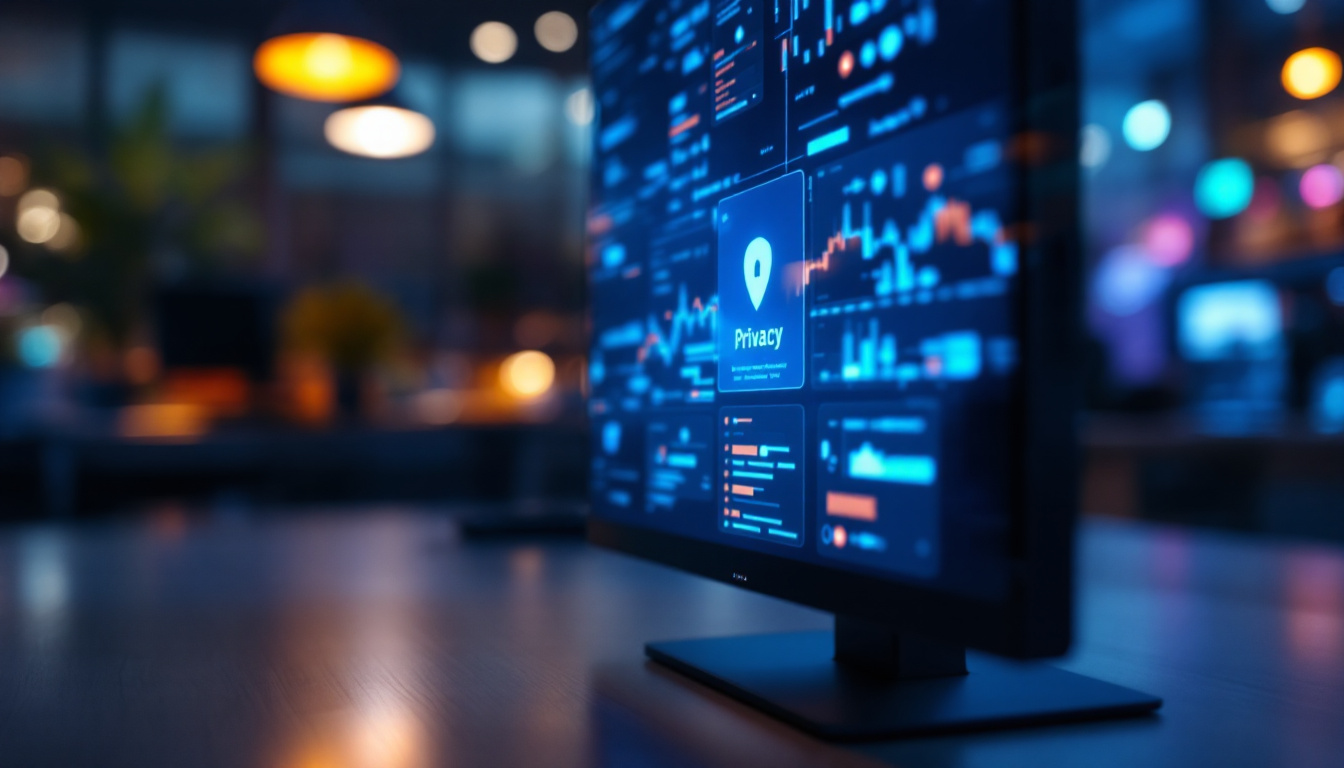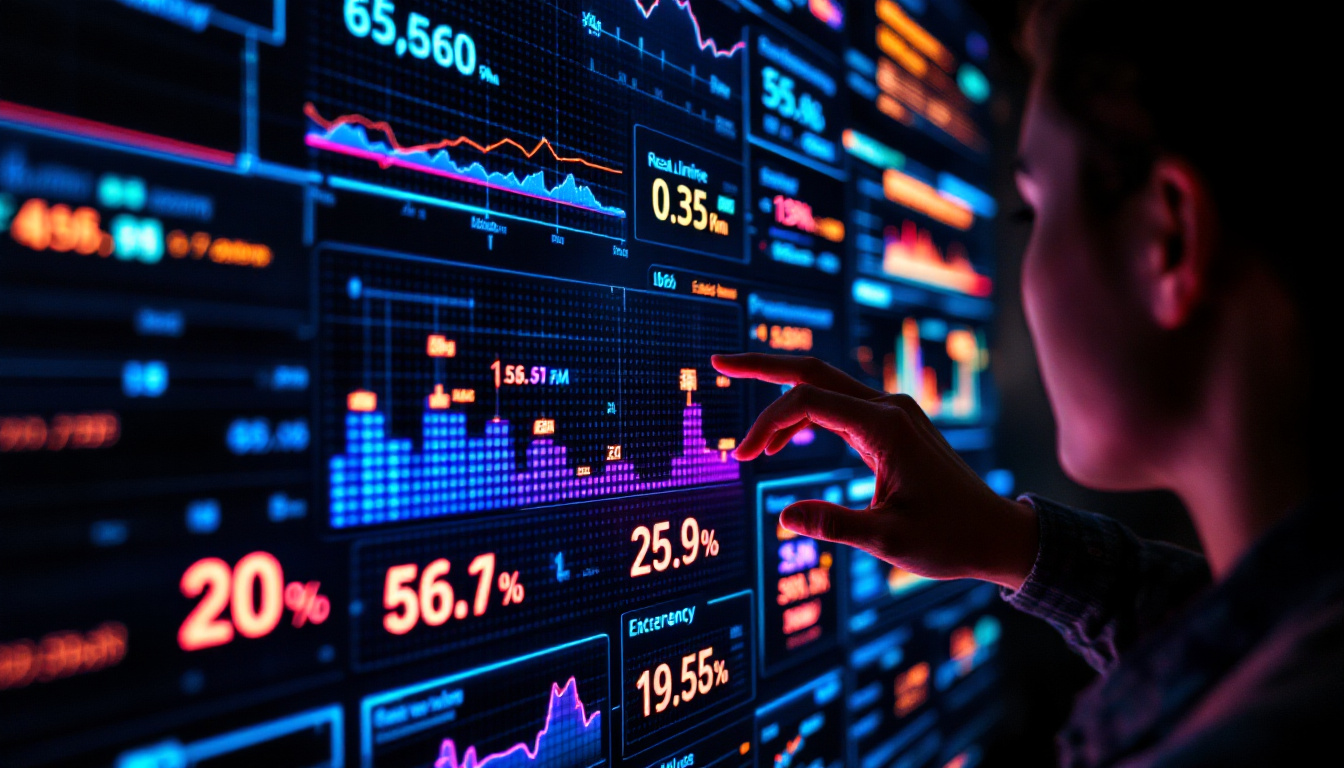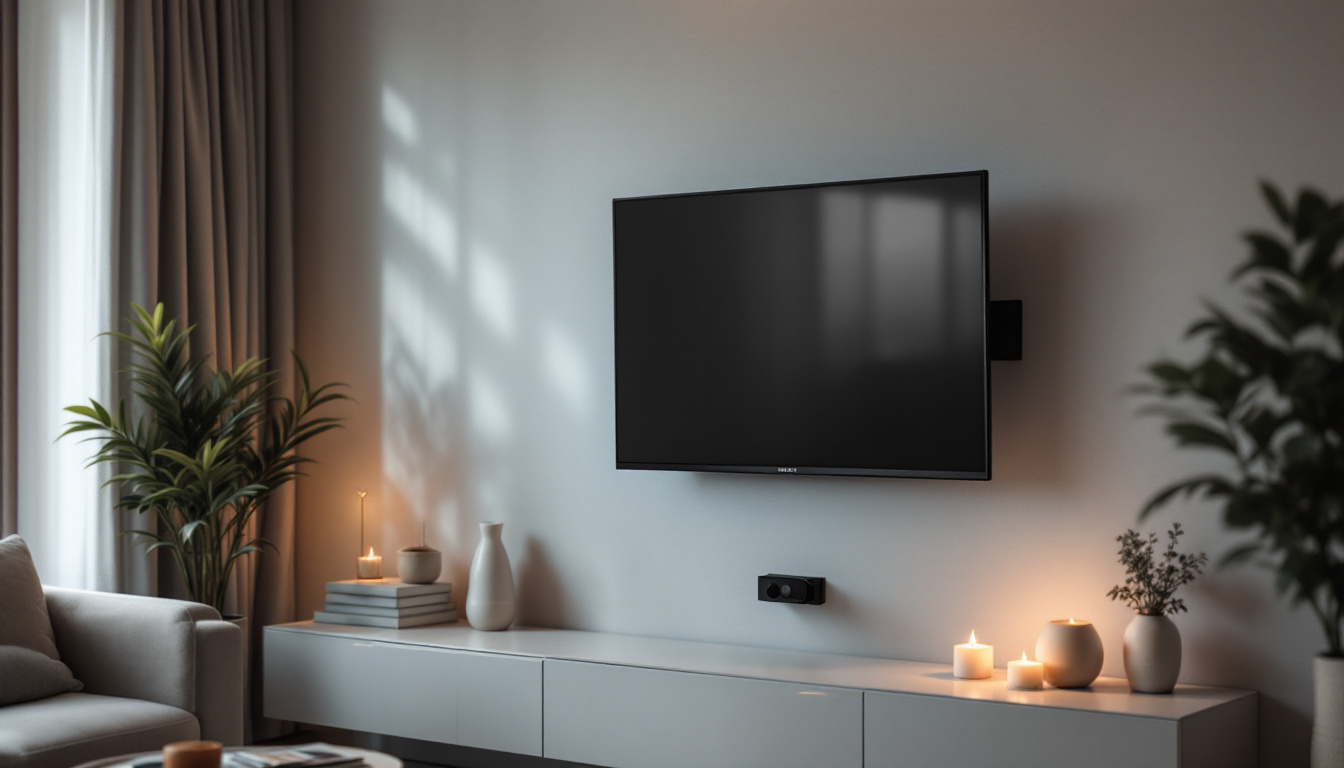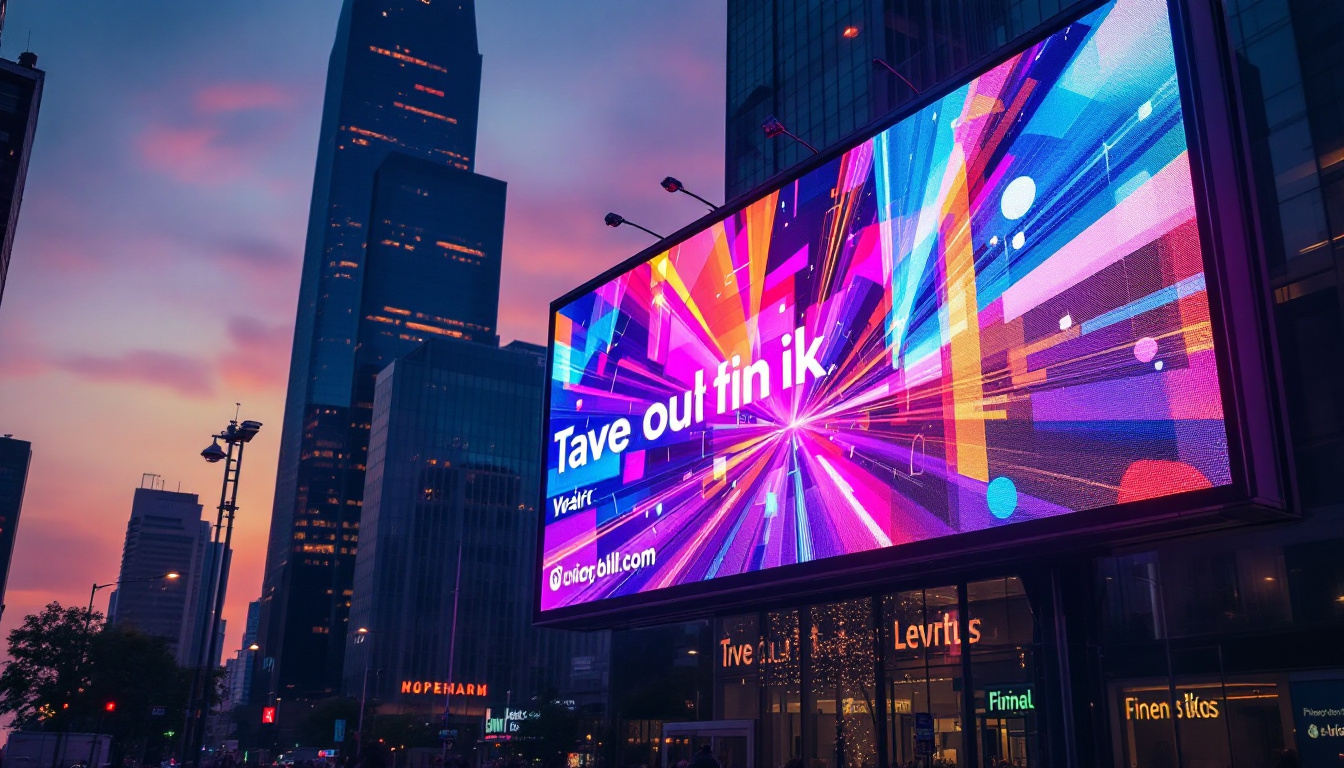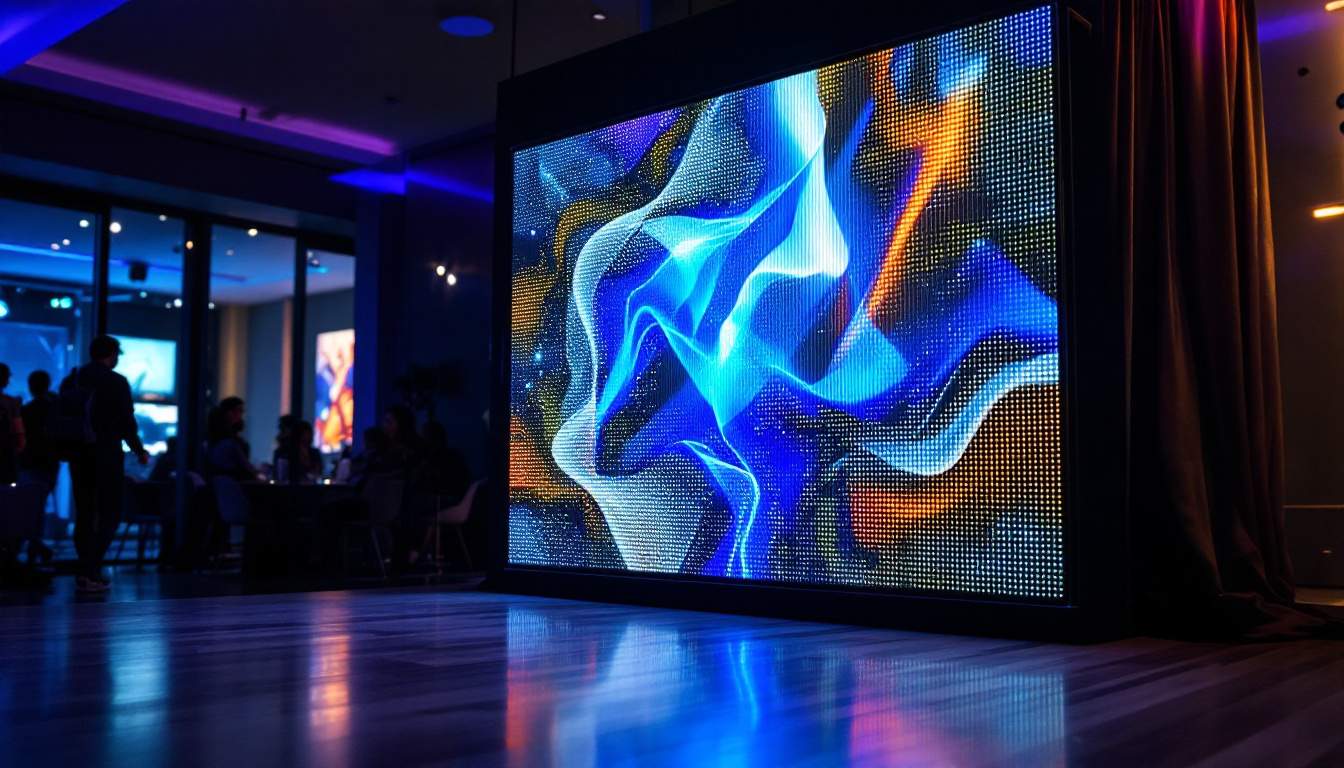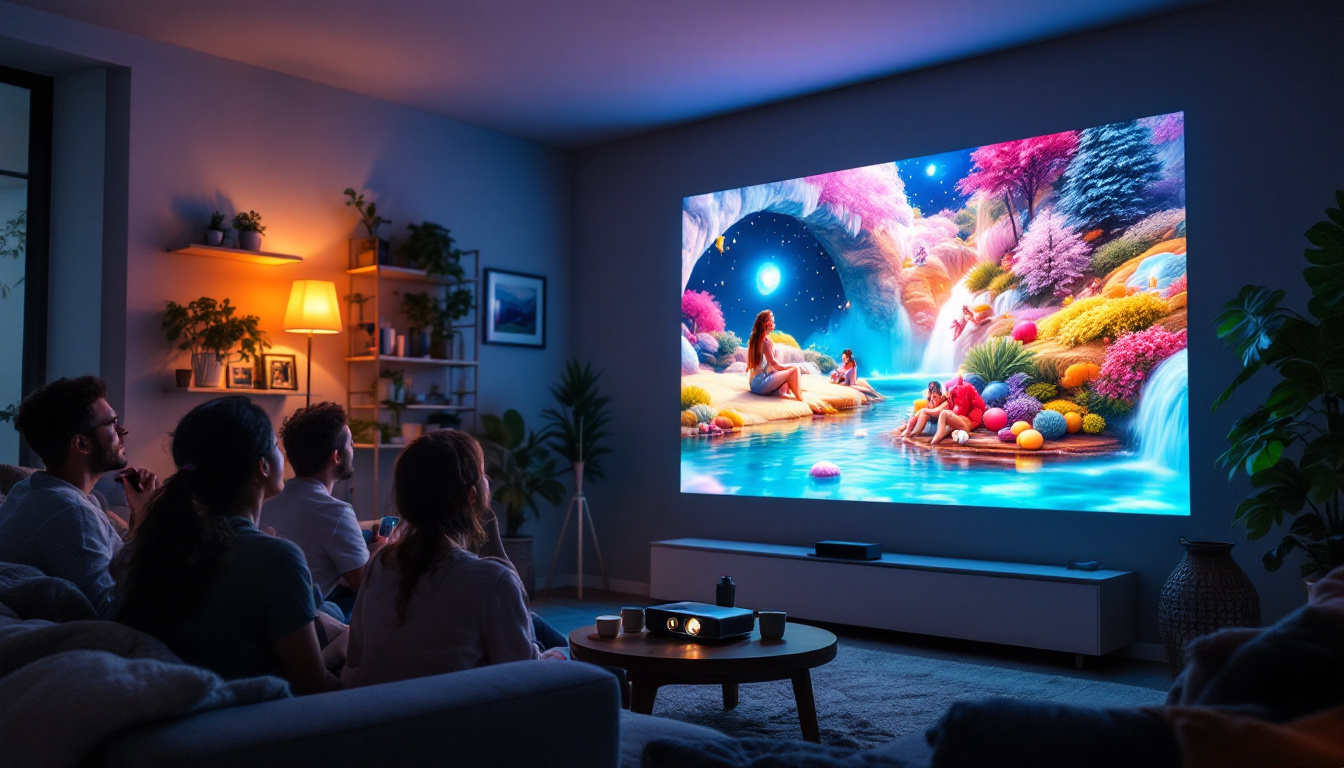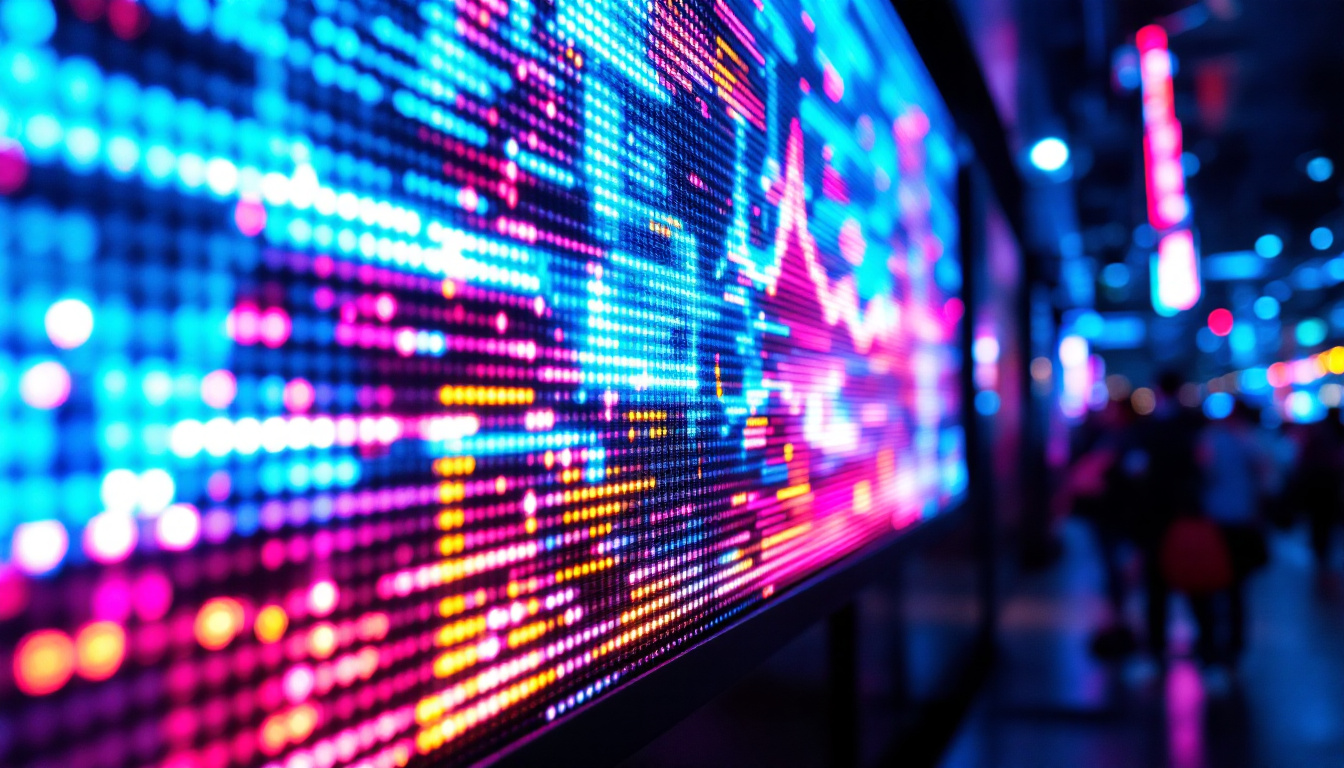In the world of live performances, the visual aspect plays a crucial role in engaging the audience. One of the most innovative and effective ways to enhance stage backgrounds is through the use of LED displays. These versatile screens offer a plethora of creative possibilities, transforming any stage into a dynamic visual experience. This article explores various stage background ideas utilizing LED displays, their benefits, and how they can be effectively integrated into different types of performances.
The Advantages of LED Displays in Stage Design
LED displays have revolutionized the way stage backgrounds are designed. Their unique characteristics provide numerous advantages over traditional backdrops. Here are some key benefits:
Vibrant Colors and High Resolution
One of the standout features of LED displays is their ability to produce vibrant colors and high-resolution images. This capability allows for stunning visuals that can captivate an audience. Whether it’s a concert, theater production, or corporate event, LED screens can create an immersive experience that enhances the overall atmosphere.
Moreover, the brightness of LED displays ensures visibility even in well-lit environments, making them suitable for a variety of venues. The clarity and detail of the images displayed can also be adjusted to suit the theme or mood of the performance, providing endless creative possibilities. The ability to showcase intricate details, such as textures and patterns, means that designers can push the boundaries of traditional stage aesthetics, creating a visual feast that resonates with the audience on multiple levels.
Flexibility and Versatility
LED displays are incredibly flexible, allowing for various shapes and sizes to fit the specific requirements of a stage. They can be configured in multiple arrangements, such as curved, flat, or even three-dimensional setups. This adaptability makes them ideal for different types of performances, from intimate gatherings to large-scale concerts.
Additionally, LED screens can easily be programmed to change content dynamically. This means that the visuals can evolve throughout a performance, keeping the audience engaged and enhancing the storytelling aspect of the show. For example, during a musical performance, the backdrop can shift from serene landscapes to vibrant cityscapes in sync with the rhythm of the music, creating a seamless blend of audio and visual storytelling that captivates the audience’s imagination.
Cost-Effectiveness and Sustainability
While the initial investment in LED technology may seem high, the long-term benefits often outweigh the costs. LED displays are energy-efficient and have a longer lifespan compared to traditional lighting and projection systems. This longevity reduces the need for frequent replacements and maintenance, ultimately saving money over time.
Furthermore, as sustainability becomes increasingly important in the entertainment industry, LED displays offer an eco-friendly alternative. Their low energy consumption and minimal waste make them a responsible choice for environmentally conscious productions. In addition, many modern LED systems are designed with recyclable components, further minimizing their environmental impact. As productions strive to reduce their carbon footprint, the integration of LED technology not only enhances the visual experience but also aligns with a growing commitment to sustainability in the arts.
Creative Stage Background Ideas Using LED Displays
With the advantages of LED displays in mind, let’s explore some creative ideas for incorporating them into stage backgrounds. These concepts can be tailored to suit various themes and performance types.
Dynamic Visual Storytelling
One of the most compelling uses of LED displays is for dynamic visual storytelling. By integrating video content that complements the performance, producers can create a narrative that unfolds in real-time. For example, during a theatrical production, scenes can transition seamlessly through the use of video backdrops that change according to the storyline.
This technique not only enhances the visual appeal but also helps convey emotions and themes more effectively. The combination of live action and digital imagery can transport the audience into different worlds, making the performance more engaging.
Interactive Elements
Incorporating interactive elements into LED displays can elevate the audience’s experience. By utilizing touch-sensitive screens or motion sensors, performers can engage with the visuals in real-time. This interaction can create a unique connection between the audience and the performance, making them feel like active participants rather than passive observers.
For example, during a musical performance, audience members could influence the visuals displayed on the screen through their movements or gestures. This level of engagement not only captivates the audience but also encourages them to immerse themselves in the show.
Augmented Reality Integration
Augmented Reality (AR) is another innovative way to use LED displays on stage. By combining physical elements with digital overlays, performers can create a multi-dimensional experience. This technique can be particularly effective in concerts, where artists can appear to interact with virtual elements that are displayed on the LED screens.
For instance, during a dance performance, dancers could appear to be surrounded by digital landscapes or characters that enhance the choreography. This blending of reality and digital imagery can create a visually stunning experience that leaves a lasting impression on the audience.
Technical Considerations for LED Displays
While the creative possibilities with LED displays are vast, there are also technical considerations that must be addressed to ensure a successful implementation. Understanding these aspects can help in planning a seamless integration into any stage design.
Resolution and Pixel Pitch
The resolution of an LED display is crucial for achieving the desired visual quality. Pixel pitch, which refers to the distance between the individual pixels, plays a significant role in determining how clear the image will appear from different distances. For larger venues, a lower pixel pitch is recommended to ensure that the visuals remain sharp and detailed, even from the back of the audience.
When selecting an LED display, it’s essential to consider the viewing distance. A higher resolution may be necessary for closer viewing, while a lower resolution can suffice for larger audiences. Balancing these factors will contribute to a more effective stage design.
Brightness and Contrast
Brightness and contrast are also key factors to consider when choosing LED displays. The brightness level should be sufficient to stand out against other lighting elements on stage. This is particularly important in performances that involve a mix of natural and artificial lighting.
Contrast ratio, which measures the difference between the darkest and lightest parts of an image, is equally important. A higher contrast ratio will result in more vivid colors and deeper blacks, enhancing the overall visual impact. Ensuring that the LED display meets these criteria will significantly improve the audience’s viewing experience.
Setup and Configuration
Proper setup and configuration of LED displays are essential for achieving optimal performance. This includes ensuring that the screens are securely mounted, calibrated for color accuracy, and synchronized with other technical elements such as sound and lighting.
Additionally, it is crucial to have a reliable control system in place to manage the content displayed on the screens. This can involve using specialized software that allows for real-time adjustments and programming of visuals to match the performance.
Case Studies: Successful Implementations of LED Displays
To illustrate the impact of LED displays in stage design, examining successful case studies can provide valuable insights. These examples showcase how LED technology can elevate performances across various genres.
Concerts and Music Festivals
Many major music festivals have embraced LED displays as a central element of their stage design. For instance, the Coachella Valley Music and Arts Festival features massive LED screens that display stunning visuals, synchronized with live performances. These screens not only enhance the overall aesthetic but also provide a platform for showcasing artists’ unique styles and branding.
In addition to visuals, LED displays at concerts often include real-time social media feeds, allowing fans to see their posts featured on the big screen. This interactive element fosters a sense of community and engagement among attendees, making the experience more memorable.
Theater Productions
In the realm of theater, productions like “The Lion King” have successfully integrated LED displays to enhance storytelling. The use of dynamic backdrops allows for seamless scene transitions and immersive environments that transport the audience into the world of the characters.
By utilizing LED technology, theater companies can create visually stunning and emotionally resonant experiences that resonate with audiences of all ages. The ability to change backgrounds quickly and effectively adds a layer of depth to the narrative, making it more impactful.
Corporate Events and Presentations
In corporate settings, LED displays have become a staple for presentations and events. Companies utilize these screens to showcase branding, product launches, and engaging multimedia content. For example, at trade shows, LED displays can attract attention and draw in potential clients with eye-catching visuals and interactive elements.
Moreover, the versatility of LED displays allows for easy customization, enabling businesses to tailor content to specific audiences and events. This adaptability enhances the effectiveness of corporate messaging and helps create a lasting impression on attendees.
Conclusion: The Future of LED Displays in Stage Design
As technology continues to evolve, the future of LED displays in stage design looks promising. With advancements in resolution, interactivity, and integration with other technologies, the possibilities for creative expression are virtually limitless.
From concerts to theater productions and corporate events, LED displays are set to play an increasingly significant role in shaping the visual landscape of live performances. By embracing this technology, producers and designers can create unforgettable experiences that resonate with audiences long after the curtain falls.
In conclusion, LED displays offer a wealth of opportunities for innovative stage backgrounds. By understanding their advantages and exploring creative ideas for integration, performers can elevate their productions and engage audiences in new and exciting ways.
Illuminate Your Stage with LumenMatrix
Ready to take your live performances to the next level with vibrant, dynamic, and engaging LED displays? LumenMatrix is at the forefront of LED display technology, offering a wide range of solutions from Indoor and Outdoor LED Wall Displays to innovative LED Sports and Floor Displays. Whether you’re looking to create an immersive concert experience, a captivating theater production, or a memorable corporate event, LumenMatrix has the cutting-edge technology to bring your vision to life. Check out LumenMatrix LED Display Solutions today and transform your stage into a visual masterpiece that audiences will never forget.

